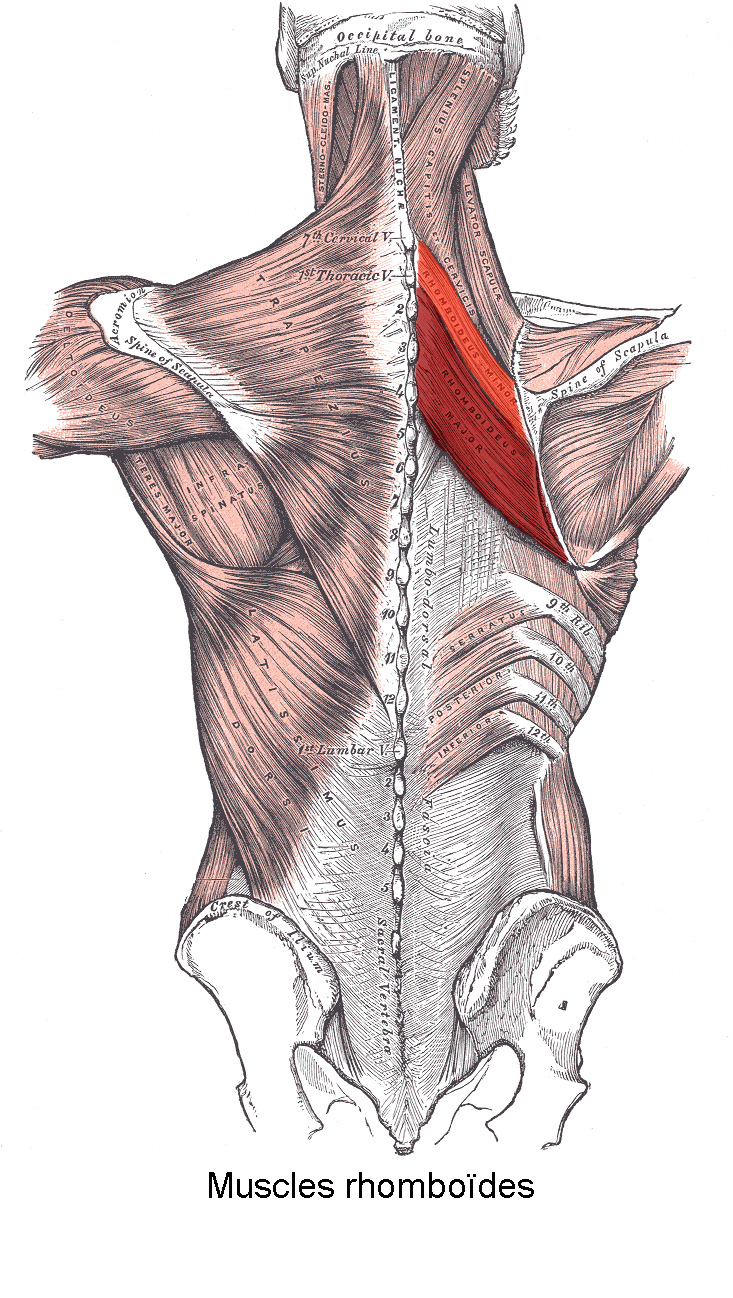 If you’ve been to see me and spent any time at all on my table you know I’m constantly harping on how we not only need to stretch muscles, but we also need to strengthen the opposing muscles in order to address and heal the problem. In pursuit of that I have decided to begin a series of self-care articles that will hopefully be helpful to someone.
If you’ve been to see me and spent any time at all on my table you know I’m constantly harping on how we not only need to stretch muscles, but we also need to strengthen the opposing muscles in order to address and heal the problem. In pursuit of that I have decided to begin a series of self-care articles that will hopefully be helpful to someone.
I’m beginning with Cracking the Walnut because most of us are familiar with the insidious upper back pain that manifests between the shoulder blades. You know what I’m talking about. We’ve all experienced the burning, tingling, sparkling, tightness and/or tiredness between the shoulders that tends to spend weeks or months torturing us before it mysteriously retreats only to return again when we least need or expect it.
Cracking the walnut refers to an exercise I once learned from a Pilates instructor who for several months put me through the unique torture that is called a Body Reformer machine. Her version of cracking the walnut involved me lying on my belly on a big box while holding onto straps and extending my arms straight out to their respective sides as I tried desperately to continue breathing. Eventually I was able to correctly perform this exercise and am glad that I learned it because I attribute it to fixing a host of problems with my upper back and neck.
The good news today is that you don’t need a Body Reformer machine or a Pilates instructor to learn how to crack this walnut. My philosophy for these self-care articles is to give you simple things that you can do with little to no equipment or by using everyday objects and items you already own in the comfort and convenience of your own space.
You simply need to relax and find a place to be. This scapula squeeze strengthener can be done by sitting with your arms loosely held by your sides, head facing forward and aligned over the spine, shoulders down, abs contracted and maintaining a protected, stable, and flat low back. When you’re aligned, gently squeeze the shoulder blades together while keeping the elbows low and at your side. Here’s a short video that illustrates the move.
In most folks, the shoulders start to drift up, a noticeable sway develops in the low back and the chest puffs out. Don’t do this! See the ProTip below to learn how to access the correct muscles and keep your alignment impeccable.
Once you can maintain your alignment through the move, engage and hold for a count of three. Do that 10 times. Observe how you feel before and after each set.
ProTip: If you’re having trouble isolating the rhomboids and middle trapezius muscles, extend both arms straight out to the sides of your body with palms facing forward. Then visualize using your scapula to squeeze out a sponge. Experiment and really pay attention to what it feels like to move and access these muscles.
In the beginning you might get sore from only one set of 10. Remember that these muscles are very seldom engaged in our hunched over a desk, laptop, tablet, and cellphone society. In fact, they are more likely to be in a constant state of stretch which sounds great until the muscles want to go home and rest for a while.
So be kind to yourself, go slow, and work your way up to a stronger set of rhomboids, middle trapezius muscles, and less pain in the upper back.
As always, I’m here with my table if you need me, but I hope you’ll try some of these self-care techniques. Feel better!
♥
 |
Harvest Moon Massage is Decatur, Alabama’s Only Master Ashiatsu Oriental Bar Therapist! |

Pingback: Head Up, Young Person! | Harvest Moon Massage Therapy and Reflexology
Pingback: Help for Upper Back and Neck Pain | Harvest Moon Massage Therapy and Reflexology